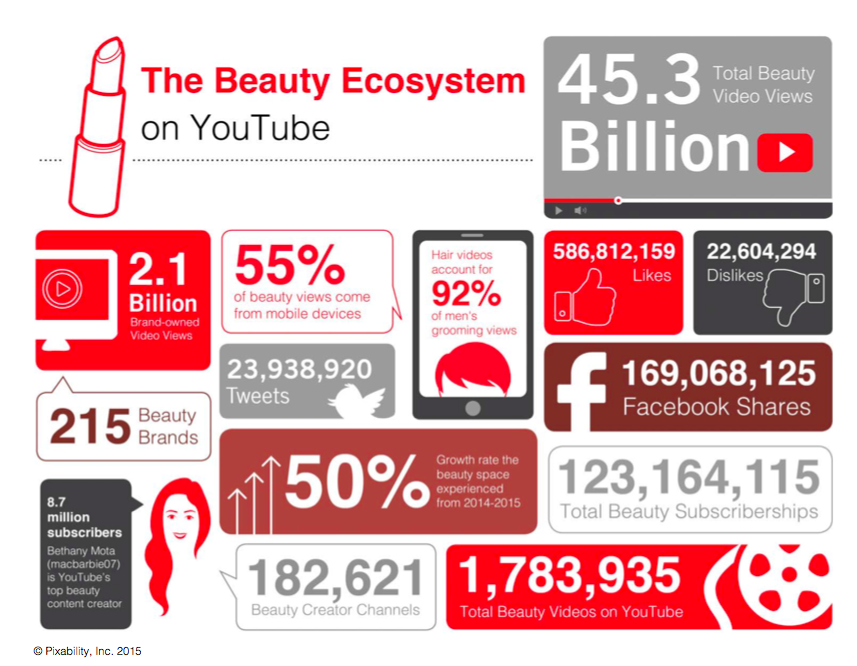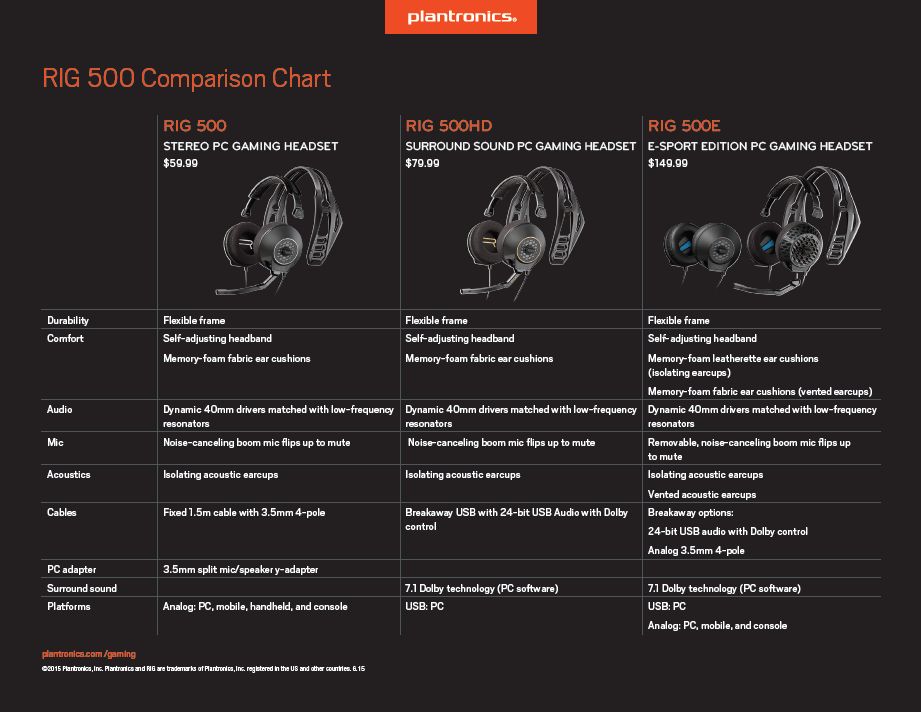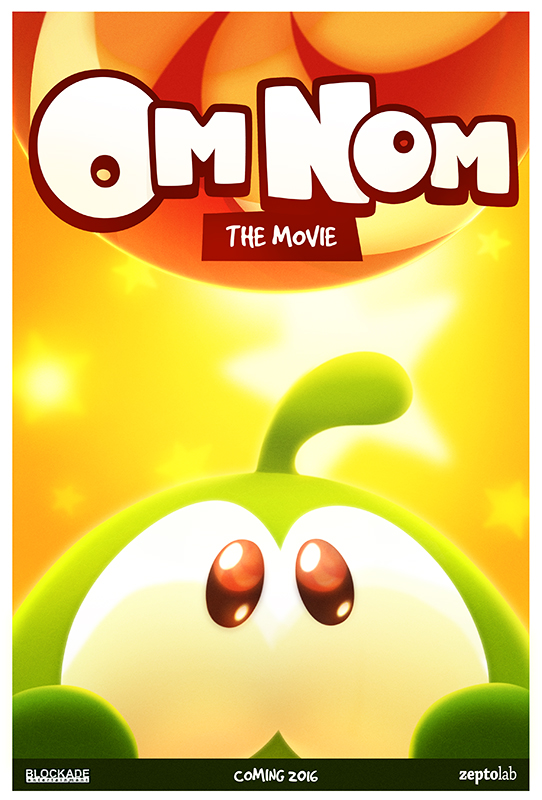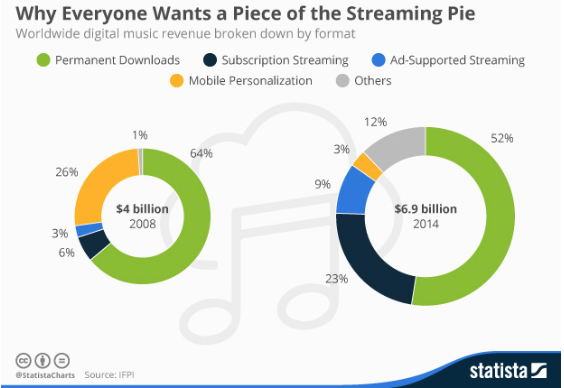Blockade Entertainment is bringing the protagonist from ZeptoLab’s bestselling Cut the Rope mobile game to the big screen. Om Nom, the lovable green monster that has already leapt from the mobile screen to short films, will now be in a computer-generated feature film that will open in theaters in late 2016 or early 2017.
 Brad Foxhoven
Brad Foxhoven
“The film acts as an origin story for Om Nom, and his introduction into Evan’s world,” said Brad Foxhoven, producer of the movie and CEO of Blockade. “He is the result of an experiment gone wrong, but in a good way. Originally created with ill intentions, Om Nom is a hurricane of inquisitiveness and mischief, but ultimately only means well. It is those who created him who mean otherwise.”
The film focuses on the story of 13-year-old Evan, a boy whose impulsiveness leads him to open a secret package containing a living scientific experiment – with mischievous intentions. Known only as Om Nom, this adorable creature has an insatiable appetite for everything sugary. Now free to roam, Om Nom begins to wreak havoc upon this formerly quiet town, and Evan, with his little sister Jordan in tow, must follow him on an epic adventure while avoiding a host of government agents, shady characters and other unique creatures — all of whom are looking to capture Om Nom for themselves. Along the way, Evan and Om Nom will discover the importance of trust and patience, and how life’s accidents can sometimes lead to incredible discoveries and unforgettable moments.
Originally launched in 2010, Cut the Rope games have been downloaded more than 700 million times by users around the world, in addition to winning several industry awards including Best Handheld Game and the Apple Design Award. The franchise has expanded into multiple merchandise categories and spawned a series of online short-form animated stories that have logged over 600 million views to-date on YouTube and in-game video player. With his popularity around the world and across all age groups, Om Nom, the star of Cut the Rope, has become one of mobile gaming’s most recognizable characters.
ZeptoLab CEO Misha Lyalin said Cut the Rope actually grew out of the concept of ZeptoLab’s first iOS game, Parachute Ninja.
“We had ropes in Parachute Ninja, so we developed the rope engine, and spent a lot of time tweaking the way the ropes look and behave,” said Lyalin. “Though excited about the design, our friends and family were initially confused by the controls. We came to the conclusion that it wasn’t casual enough, so we dropped the rope and replaced it with a parachute. Parachute Ninja was released in February 2010, and was a success, reaching the Top 10 on the iTunes chart.”
Om Nom is the fourth video game adaptation for Blockade, which released Heavenly Sword on Blu-ray and DVD last year and is developing CGI theatrical releases based on Sucker Punch’s Sly Cooper and Insomniac Games’ Ratchet & Clank. Om Nom will be the second game to make the leap from mobile devices to the silver screen, following the flight of Angry Birds, which Sony Pictures will release in 2016. Like Angry Birds, Foxhoven said Om Nom will be a stereoscopic 3D movie release.
“Great characters and stories can come from anywhere — either from an original idea, or inspired by various source materials such as a comic book or video game,” said Foxhoven. “Angry Birds has great, iconic characters that fans already know well. If the film can build upon that with a compelling story, it will certainly help us with those distributors who may wonder if a mobile game franchise can make the leap to the big screen.”
Lyalin said Rovio is doing a great job with their brand, and it also has had a positive impact on his company’s business since more and more people learn about how great mobile games have become.
“While Angry Birds has seen much success, we’ve also seen our own success with Cut the Rope and ZeptoLab isn’t mimicking what they do,” said Lyalin. “We’d much rather spend our time expanding the Cut the Rope brand and working steadily on new game titles for our biggest fans. Our goal is to create great quality games and provide our fans with the updates and merchandise that they want. Of course, we want our business to be successful — and we feel we have already achieved a great measure of success — but we won’t attain that by monitoring and copying Rovio’s tactics.”
Foxhoven said much like they did with Insomniac on Ratchet & Clank, and currently with Sucker Punch on Sly Cooper, Blockade values the insight and guidance of the game developer.
“This is their creation, and their input is vital to us making the film authentic to the core concept,” said Foxhoven. “Much like those games, there is a massive amount of creative material already available to us. From stories created for their online webisodes, to the artwork and character designs for all of the major characters in the world. In essence, we have guideposts to how to treat the franchise in its transition into a CG film.”
Foxhoven said Blockade used elements from the game for the movie. The assets that were the most useful have been the character designs, sample animation movement in 2D, and various audio clips to gauge how Om Nom acts, talks, and lives.
“Om Nom is the cornerstone of the Cut the Rope series and his story is inseparable from the gameplay,” commented ZeptoLab creative director Semyon Voinov. “Of course, it’s not always possible to include a full plot and character development in a mobile puzzle game, which is why we created the Om Nom Stories YouTube series. These have been so successful that a full-length animated movie was a logical continuation, and also a great opportunity to tell Om Nom’s story to as many people as possible.”
The film will be produced by Foxhoven and vice president of development David Wohl, with Zeptolab’s CTO Efim Voinov and Voinov serving as executive producers.
The Cut the Rope franchise includes Cut the Rope, Cut the Rope: Experiments, Cut the Rope: Time Travel and Cut the Rope 2. Zeptolab has also released Pudding Monsters and King of Thieves.



 Brad Foxhoven
Brad Foxhoven


